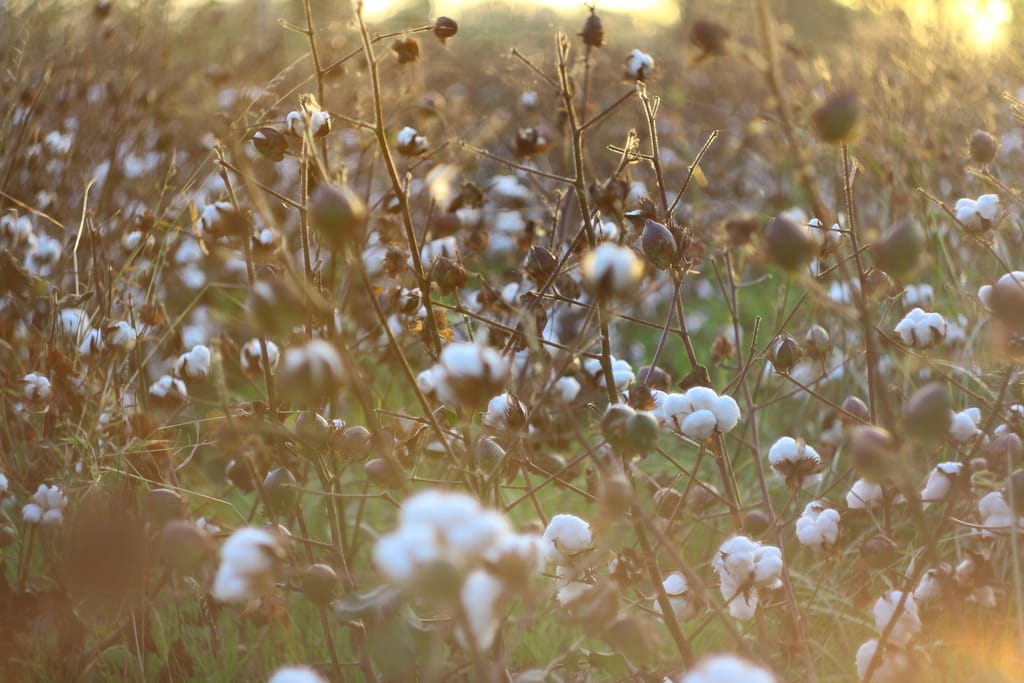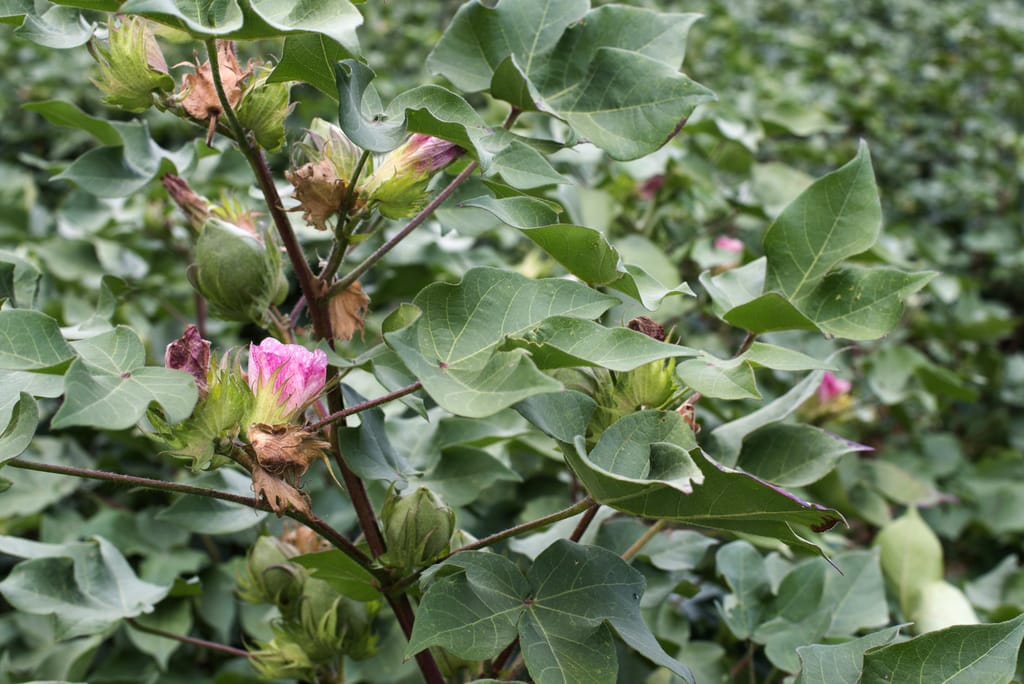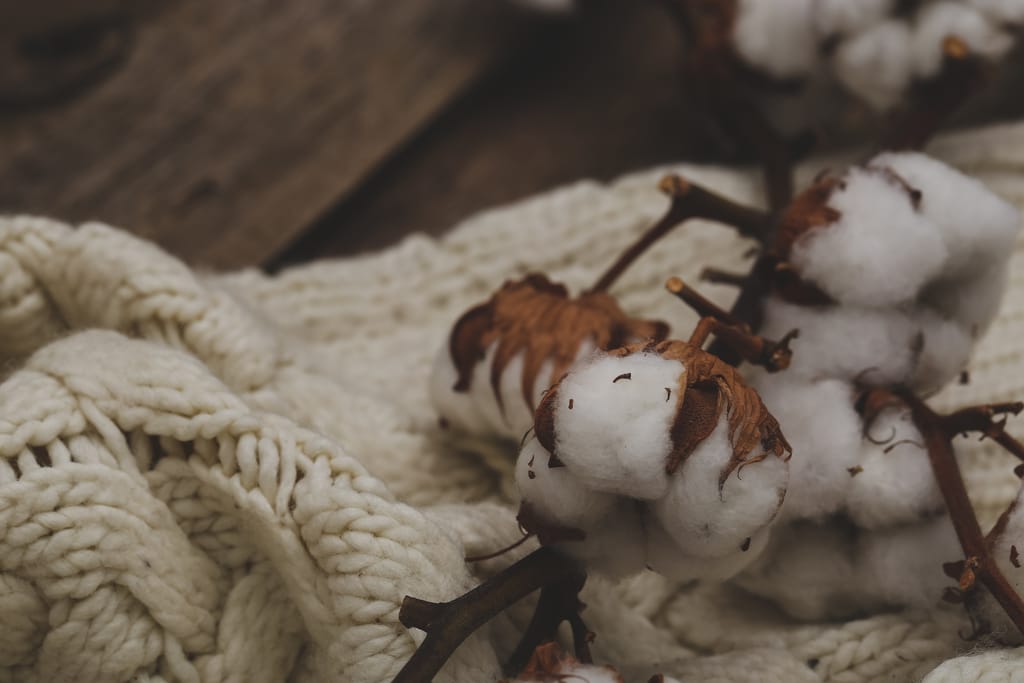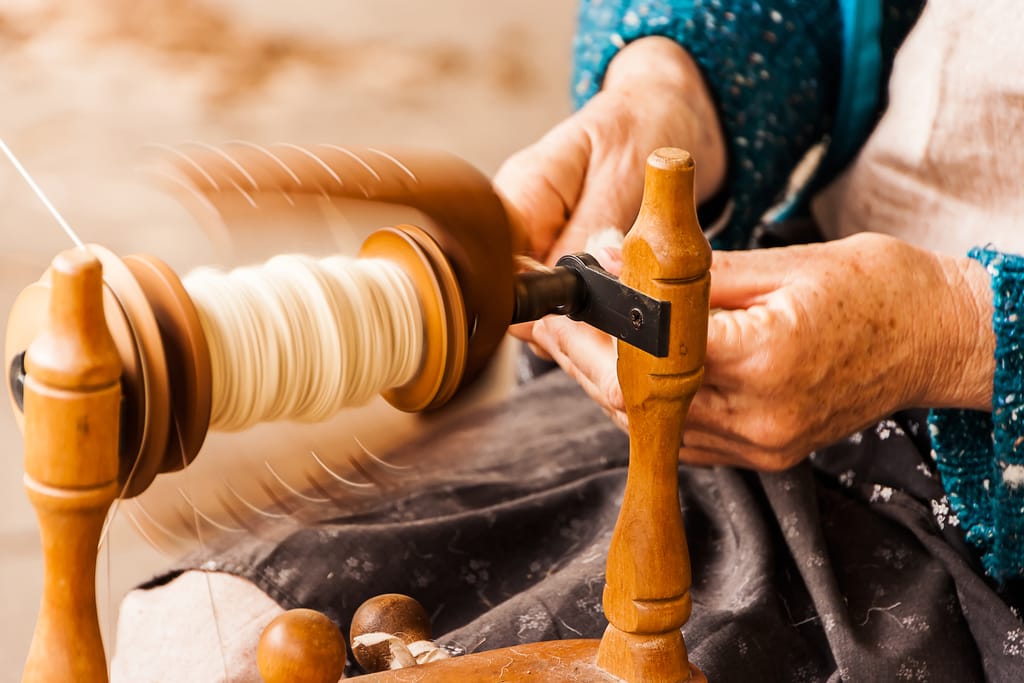How is cotton made?
Cotton is one of the most important and used fabrics in the world. It is a natural fiber that is used to make a variety of products, from clothing to bedding, and is versatile, comfortable, and affordable.Producing cotton is complex and includes harvesting, ginning, baling, and spinning, and weaving.
History of cotton
Cotton is one of the most widely used fabrics in the world today. It is used to make clothing, bedding, furniture, and even paper. But how did this fabric become so popular? To understand the history of cotton, we need to explore its origins and the factors that led to its widespread use.
We believe cotton to have originated in the Indian subcontinent around 5000 BC. It spread to other parts of the world, including Egypt, the Middle East, and North Africa. By the 16th century, cotton was being cultivated in Europe and the Americas.
The popularity of cotton can be attributed to its versatility and durability. It is a natural fiber, meaning it is stronger and more durable than synthetic fibers. It is also breathable and absorbent, making it an ideal material for clothing.
The invention of the cotton gin in the late 18th century was a major factor in the spread of cotton. The gin was a machine that exploded the speed of cotton processing, allowing more cotton to be produced in less time. This made cotton more affordable and accessible, leading to its rapid adoption in the textile industry.
Besides these technological advances, the Industrial Revolution also made cotton more popular. The revolution made it possible to mass-produce cotton fabric, making it more affordable to consumers. Today, cotton remains one of the most popular fabrics in the world. It is used to make clothing, bedding, furniture, and even paper. Its popularity is because of its versatility, durability, and affordability. The history of cotton is interesting and its legacy will continue for many years to come.

Cotton cultivation and harvesting
They can grow cotton in a variety of ways, from traditional methods to more modern, industrialized ones. Traditional methods of cotton cultivation involve preparing the soil for planting and then seeding the cotton plants manually. After the plants have grown and developed, hand must harvest the bolls. This process involves cutting the cotton bolls from the plants, separating them from the stems, and then gathering them for transport. This type of production is labor intensive and results in a lower yield than more modern methods.
Modern methods of cotton cultivation involve using machines to prepare the soil, fertilize the ground, and apply herbicides to control weeds. The seeds are then planted using special machinery, and the plants are then monitored and cared for until they are ready to be harvested.
Modern harvesting machines can cut the cotton bolls from the plants and transport them to the gins, where they are separated from the stems and seeds. This method of production is much more efficient than traditional methods and results in higher yields. Both traditional and modern methods of cotton cultivation and harvesting have their advantages and disadvantages.
Traditional methods are labor intensive and have a lower yield, but they are more sustainable and environmentally friendly. Modern methods are more efficient and have higher yields, but they require large investments in machinery and use more resources. The decision of which method to use depends on the specific needs of the farmer.

Cotton ginning and spinning
Cotton ginning and spinning techniques are two crucial steps in this process, and have been the subject of a great deal of research and innovation over the years. This article will explore the history of cotton ginning and spinning techniques and discuss how these methods have been used to create yarn.
The earliest known form of cotton ginning dates back to the 10th century in India, where a system of brushing and separating the fibers from the seed was used. They later improved this process upon in the 18th century when Eli Whitney invented the cotton gin, which exploded the speed of cotton ginning and made the process more efficient. The machine comprises several rotating teeth that pull the fibers away from the seeds, and then a fan that blows away the chaff and any other impurities.
Spinning is twisting the fibers together to create yarn. They have also improved this process over time, and today there are a variety of different spinning techniques that are used to create yarn. The most common spinning technique is ring spinning, which is used to create a fine, even thread. This method involves attaching the fibers to a spindle, which is then rotated at a high speed to twist the fibers together.
Other techniques include open-end spinning, which is used to create a coarser thread, and air-jet spinning, which is used to create a lightweight and strong yarn. These two processes, cotton ginning and spinning, have been essential to the production of textiles for centuries. We have improved them upon over time, and today they form the basis for many of the yarns used in the textile industry.

Weaving and finishing process
The production of cotton fabrics is a complex process that involves the use of a variety of machines and techniques. To begin, the cotton fibers must be harvested and then aligned in a parallel form. This is done through a process called carding and is typically completed on a carding machine. The carded fibers are then drawn out into a continuous thread by spinning machines.
Once the spinning process is complete, they weave the threads into the fabric on a loom. The type of loom used will depend on the type of fabric being produced. There are two basic types of looms available: shuttle looms and projectile looms. Shuttle looms use a weft thread that is passed through the warp threads with a shuttle, while projectile looms use a projectile that is shot through the warp threads. Once the fabric is woven, it is ready to be finished.
Finishing is an essential part of the fabric production process as it gives the fabric its desired characteristics. Finishing processes can include bleaching, dyeing, and printing, as well as pre-shrinking, softening, and water-proofing. The fabric is then inspected and any imperfections are corrected or removed. The fabric is cut into the desired lengths and shipped to the customer. The production of cotton fabric is a complex process that requires skill and precision.
Benefits of organic cotton
Organic cotton is a popular option for consumers who are looking for an ethical and Eco-friendly textile choice. This fabric, produced without the use of toxic chemicals, synthetic fertilizers, or genetically modified organisms, offers a range of benefits to the environment, farmers, and consumers.
Organic cotton production is better for the environment than conventional cotton production in a number of ways. It helps reduce soil erosion, conserve water, and protect water sources from toxic runoff. Because they do not spray organic plants with chemicals, it also minimizes the accumulation of pesticides and other pollutants in the air and soil. Organic production is much more energy-efficient than conventional production, as it does not require the use of synthetic fertilizers and other chemical inputs.
Organic cotton farming also provides economic benefits to the farmers who produce it. With no chemical inputs, farmers can save money on their production costs, providing them with more financial security.
Organic cotton farmers often receive higher prices for their crops, as the demand for organic cotton is increasing. Consumers also benefit from the use of organic cotton. Not only is organic cotton free of toxic chemicals and dyes, but it is also often softer and stronger than conventional cotton. It is hypoallergenic, making it a brilliant choice for those with skin sensitivities.

Conclusion
The production of cotton has been an important part of the world’s economy for centuries. It is an versatile material that has a wide range of commercial and industrial applications. The process of how cotton is made is quite complex and involves many stages, from cultivation and harvesting to spinning and weaving. Technology, which has allowed for more efficient production from better quality raw materials, has revolutionized cotton production. Cotton is likely to remain a key component of the global economy for many years to come.
Reference
- Nussman, A. (2023, February 24). Exploring the Process of Crafting Cotton Fabric: A Step by Step Guide. ShunCy. https://shuncy.com/article/how-is-cotton-fabric-made
- Science Channel. (2019, April 5). How Cotton is Processed in Factories | How It’s Made [Video]. YouTube. https://www.youtube.com/watch?v=QHgNoSYlhYs
- Tokens, E. (2022, November 28). How Is Cotton Made Into Fabric? The Creative Curator. https://www.thecreativecurator.com/how-is-cotton-made-into-fabric/